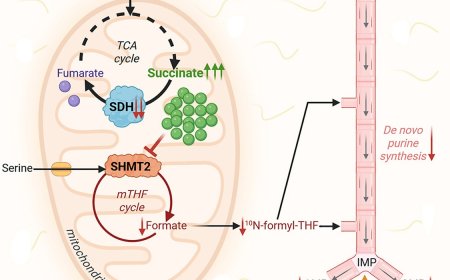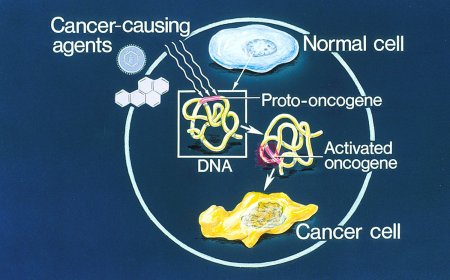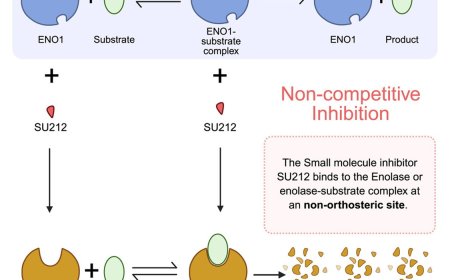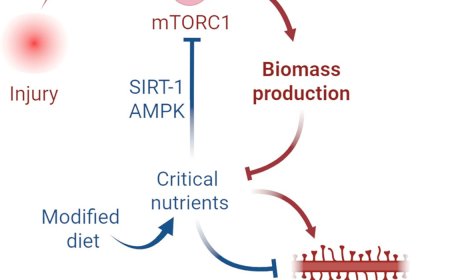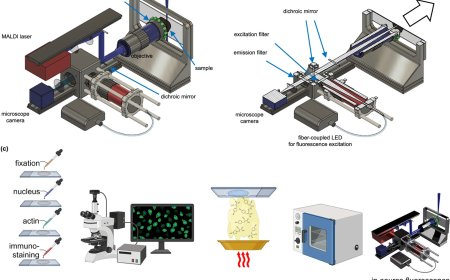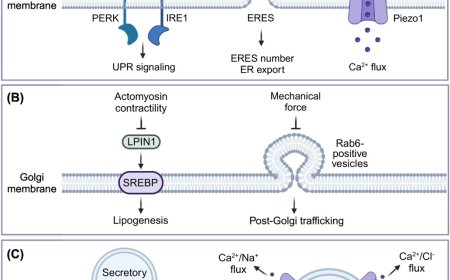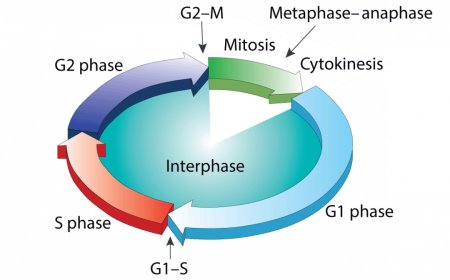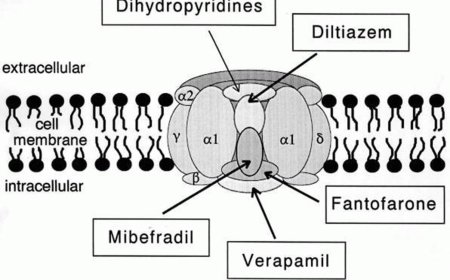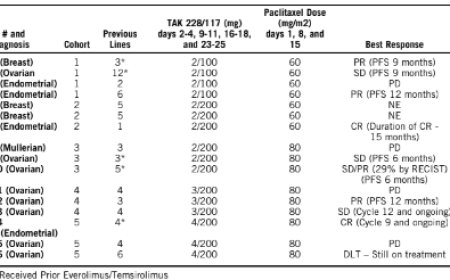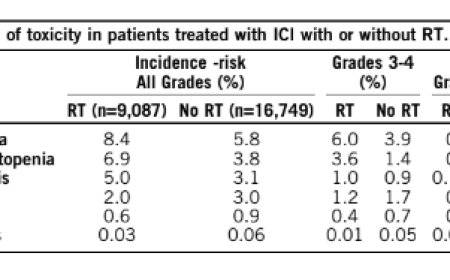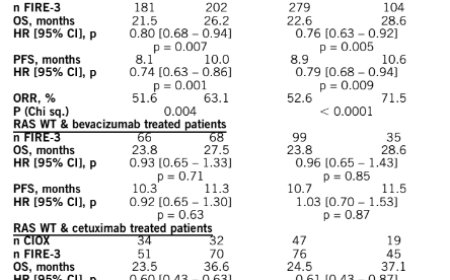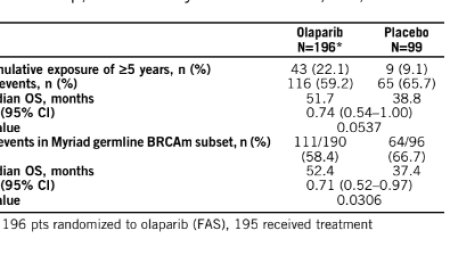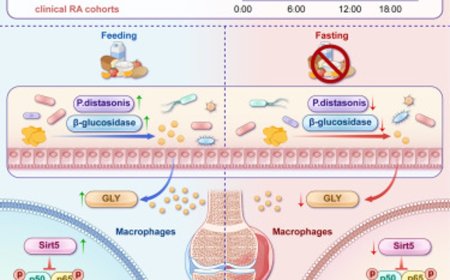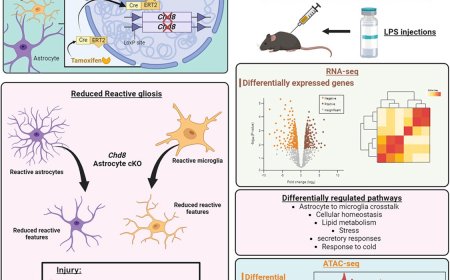How immune cells identify pathogenic fungi?
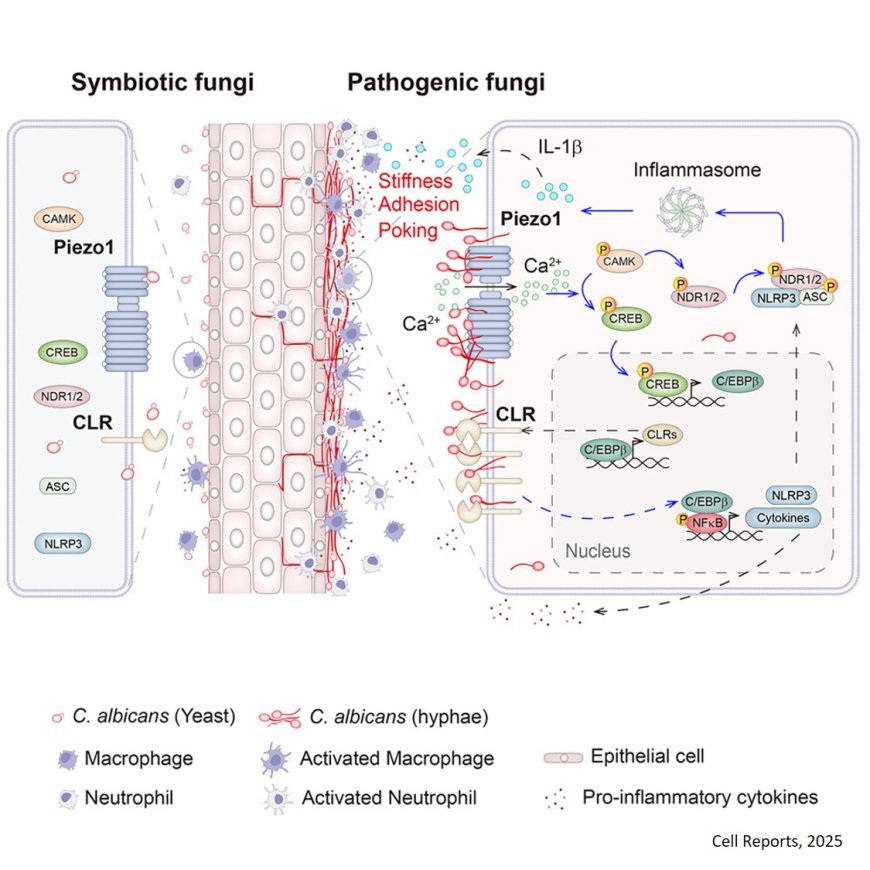
In immunocompromised patients, Candida albicans metamorphoses from benign yeast to a rigid hyphal but the mechanism by which the host immune cells identifies this transformation is not clearly understood.
The researchers demonstrate that the mechanically activated ion channel Piezo1 serves as a critical sensor for innate immune cells, enabling them to distinguish the invasive hyphal form of C. albicans from the commensal yeast form based on their distinct mechanical properties, thereby initiating the host’s antifungal immune response.
Mechanistically, hyphae-triggered Piezo1 activation increased C-type lectin receptor (CLR) expression in innate immune cells by inducing the expression of CCAAT/enhancer-binding protein beta (C/EBPβ) via the Piezo1/Ca2+/calmodulin-dependent kinase (CaMK)/cAMP response element-binding protein (CREB) axis. Also, Piezo1/CaMK signaling activated kinases nuclear Dbf2-related protein 1/2 (NDR1/2), which augmented NLRP3 inflammasome assembly and promoted hyphae-induced inflammation.
The authors show that Piezo1-deficient mice exhibit compromised clearance of C. albicans infection, whereas Piezo1 agonist amplifies C. albicans clearance.
https://www.cell.com/cell-reports/fulltext/S2211-1247(25)00610-2
